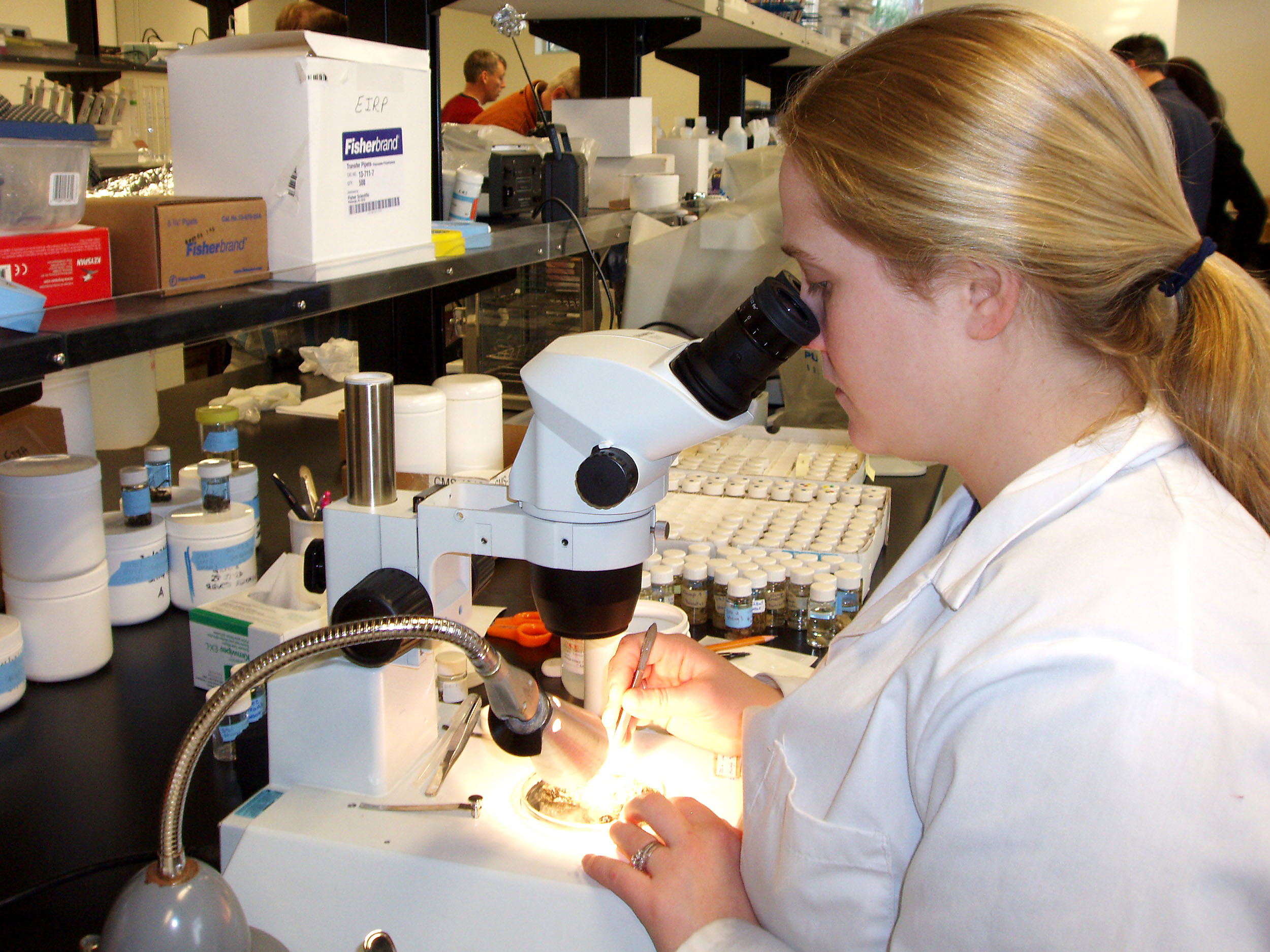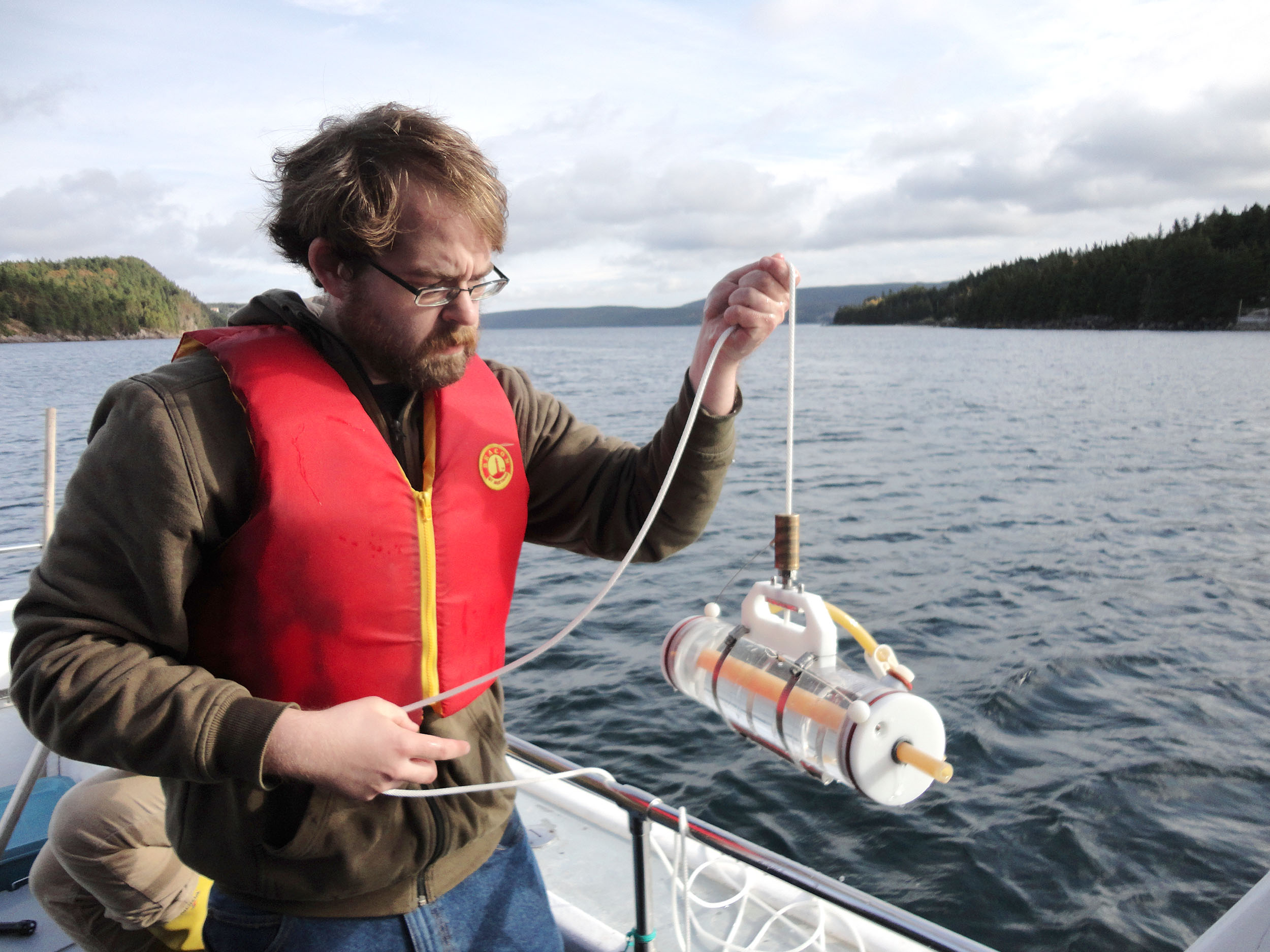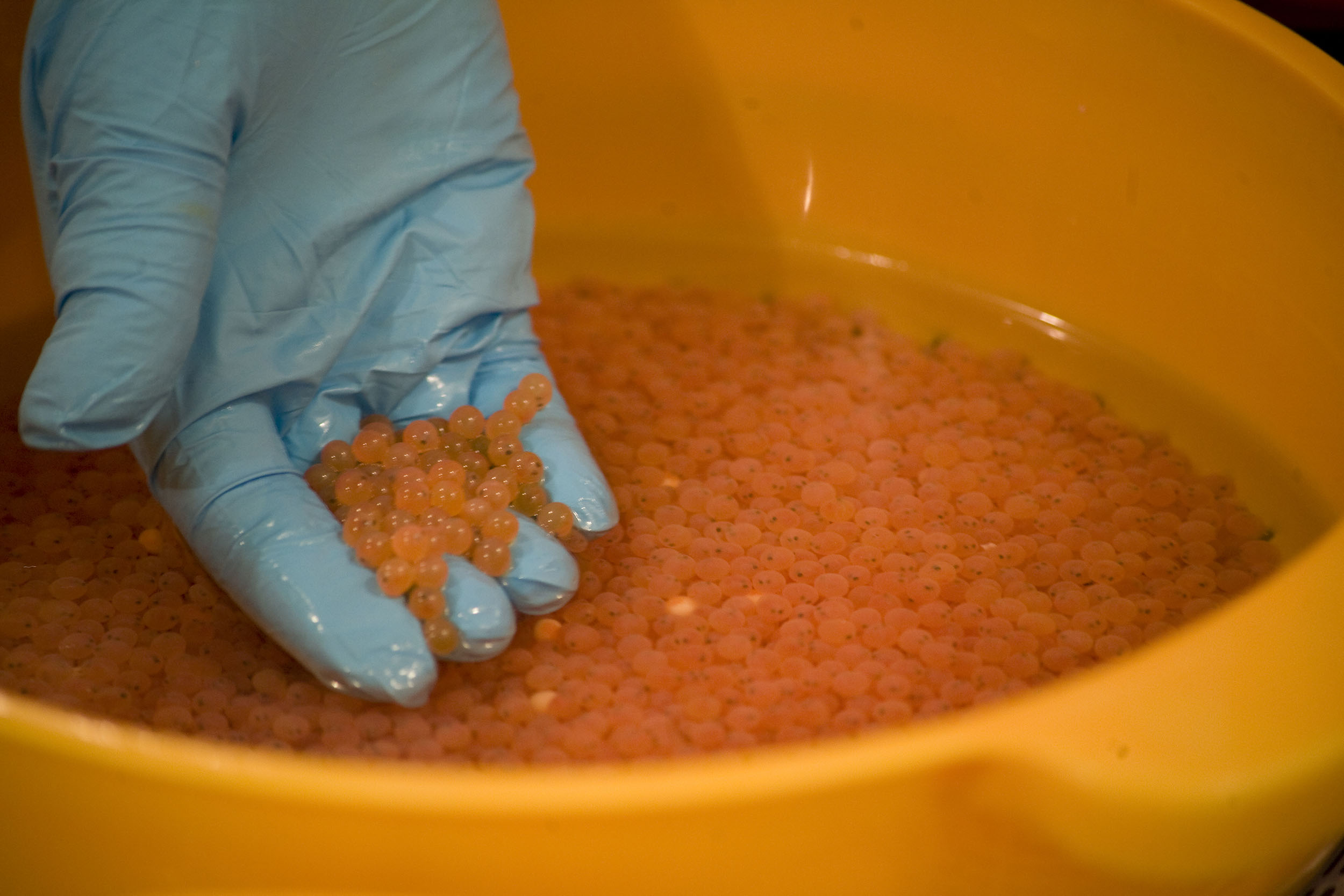Scientific Studies
There is an abundance of ongoing scientific research and published peer-reviewed studies around seafood and its many benefits.
+ HEART DISEASE
Modest consumption of fish (e.g. the Canada Food Guide recommends 1-2 servings/wk) - especially species higher in the omega-3 fatty acids - reduces risk of coronary death by 36% and total mortality by 17%; it may also favorably affect other clinical outcomes such as a reduced risk of stroke.
STUDY
+ AGING
Omega-3 fatty acids consumed through seafood are important components of the brain and nerves. Eating fish may therefore be favorable for optimal brain function.
STUDY
+ PREGNANCY
Seafood consumption during pregnancy and lactation may have a range of benefits. Getting enough omega-3’s is needed to build a developing child’s nervous system. DHA, one of the types of omega-3 fatty acids in seafood, is critical for normal eye and vision development in infants. Other studies suggest that omega-3’s improve cognitive development. These positive effects persist beyond infancy to influence cognition in later childhood.
STUDY
+ MERCURY CONCERNS
Research has shown that the levels of mercury in Canadian aquaculture products are far below the levels that could adversely impact health. Health Canada has only advised limited consumption of those predatory fish that are higher in mercury (fresh or frozen tuna, shark, swordfish, marlin, orange roughy or escolar).
STUDY
+ PCB's & DIOXINS
Harvard researchers have reported that they found that the benefits of eating fish far outweighed the potential risks of PCB’s (polychlorinated biphenyls) and dioxins. The levels of PCBs and dioxins in fish species are low – similar to other commonly consumed foods such as beef, chicken, pork, eggs, and butter.
Furthermore, only ~9% of the PCBs and dioxins in the food supply come from fish and other seafood; more than 90% comes from other foods such as meats, vegetables, and dairy products.
Contaminants
PCBs (ppm)
- CFIA Limits - 2.0
- FDA & EPA Limits - 2.0
- Atlantic Salmon - 0.014
Mercury (ppm)
- CFIA Limits - 0.5
- FDA & EPA Limits - 1.0
- Atlantic Salmon - 0.018
Dioxans and furans (ppt)
- CFIA Limits - 20
- FDA & EPA Limits - under development
- Atlantic Salmon - 0.082
Sources: CFIA, FDA, EPA, Dewailley et al.
Adapted from USFDA Market Basket Study 2003 and Dewailley et al. 2007
STUDY
+ THE COLOUR OF SALMON
The characteristic pink to red-orange color of wild and farmed salmon is due to naturally occurring pigments known as carotenoids. In addition to salmon, carotenoids give many crustaceans – such as shrimp, crawfish, crabs and lobster – their characteristic color. Living organisms require carotenoids for their proper growth and development.











